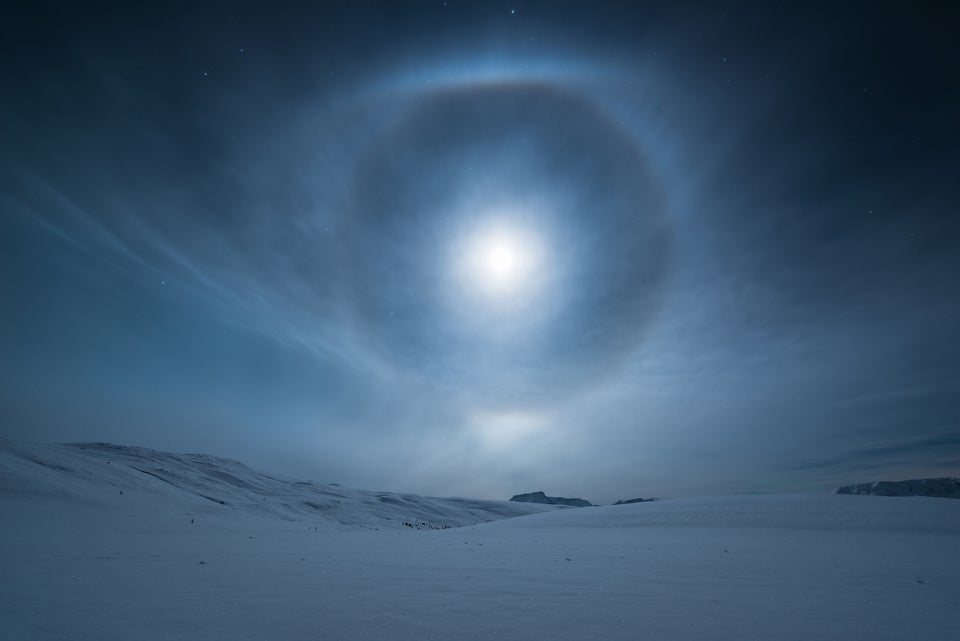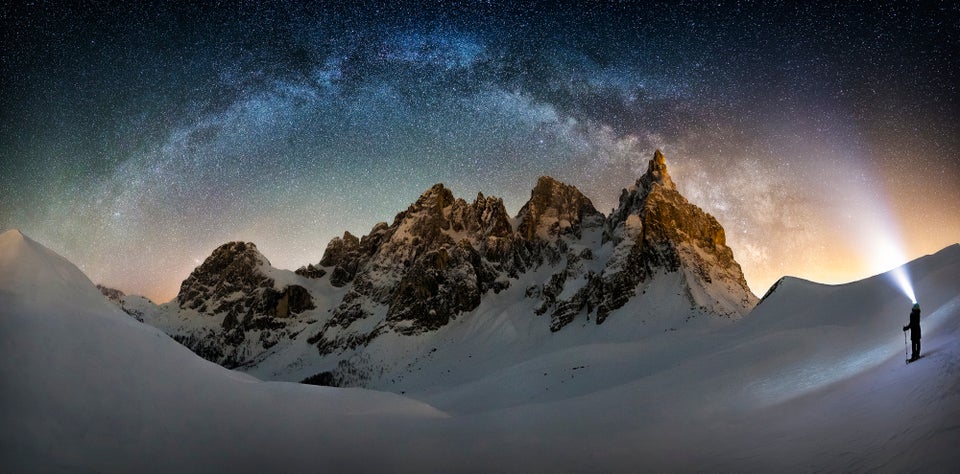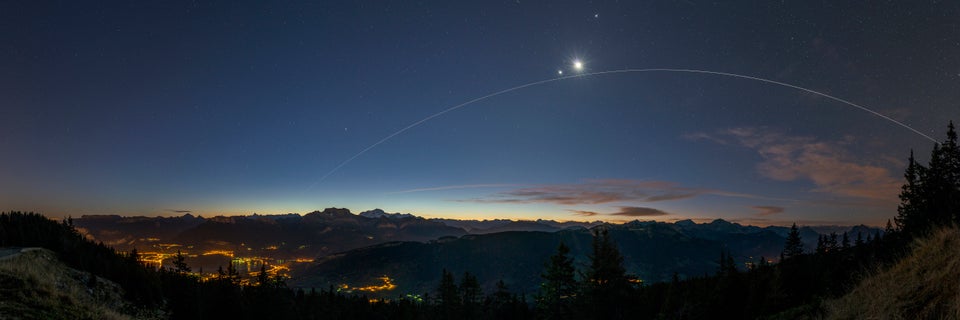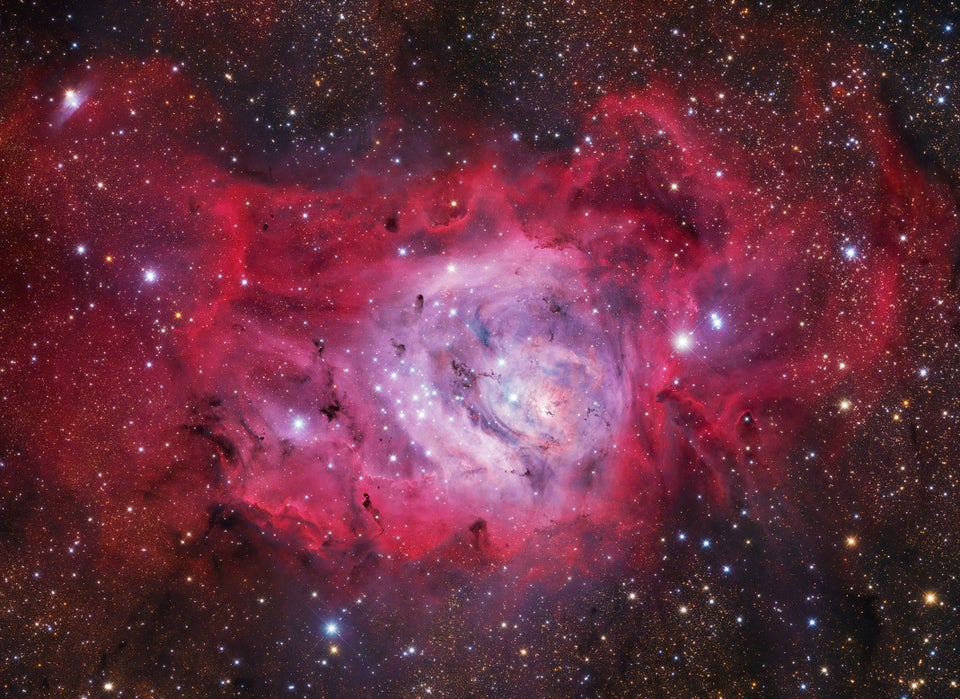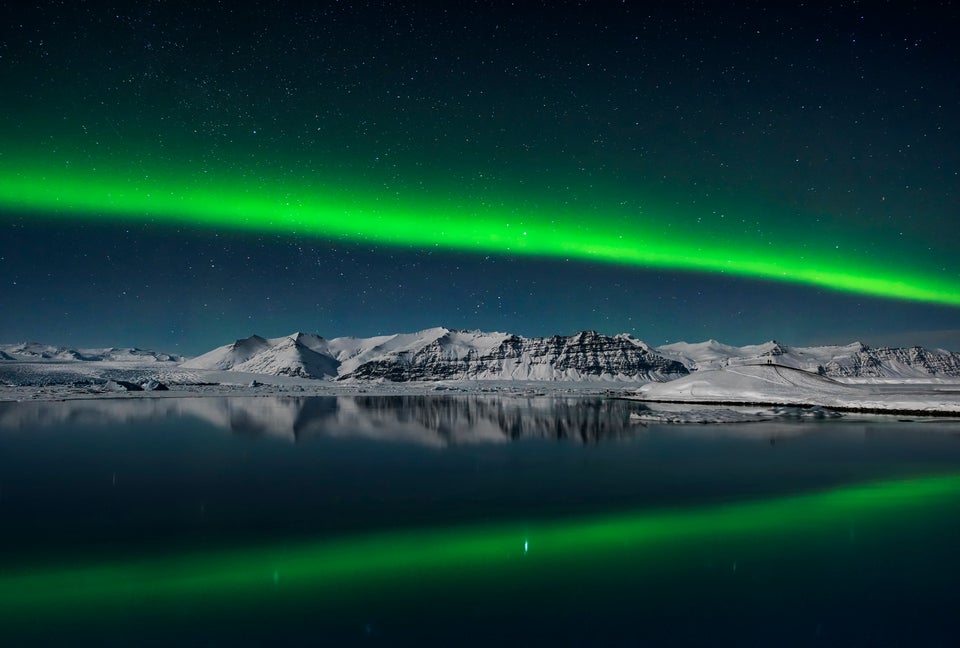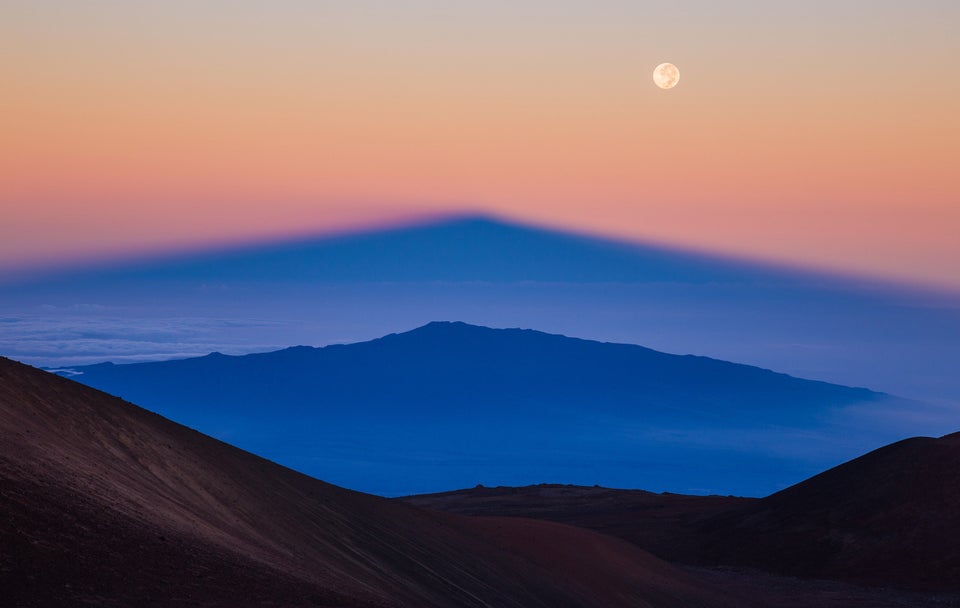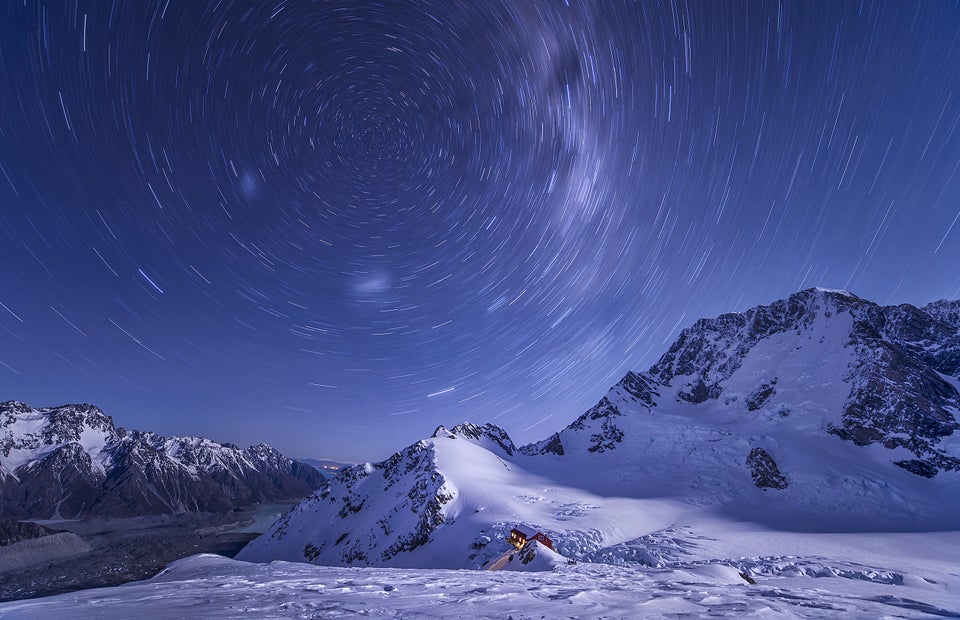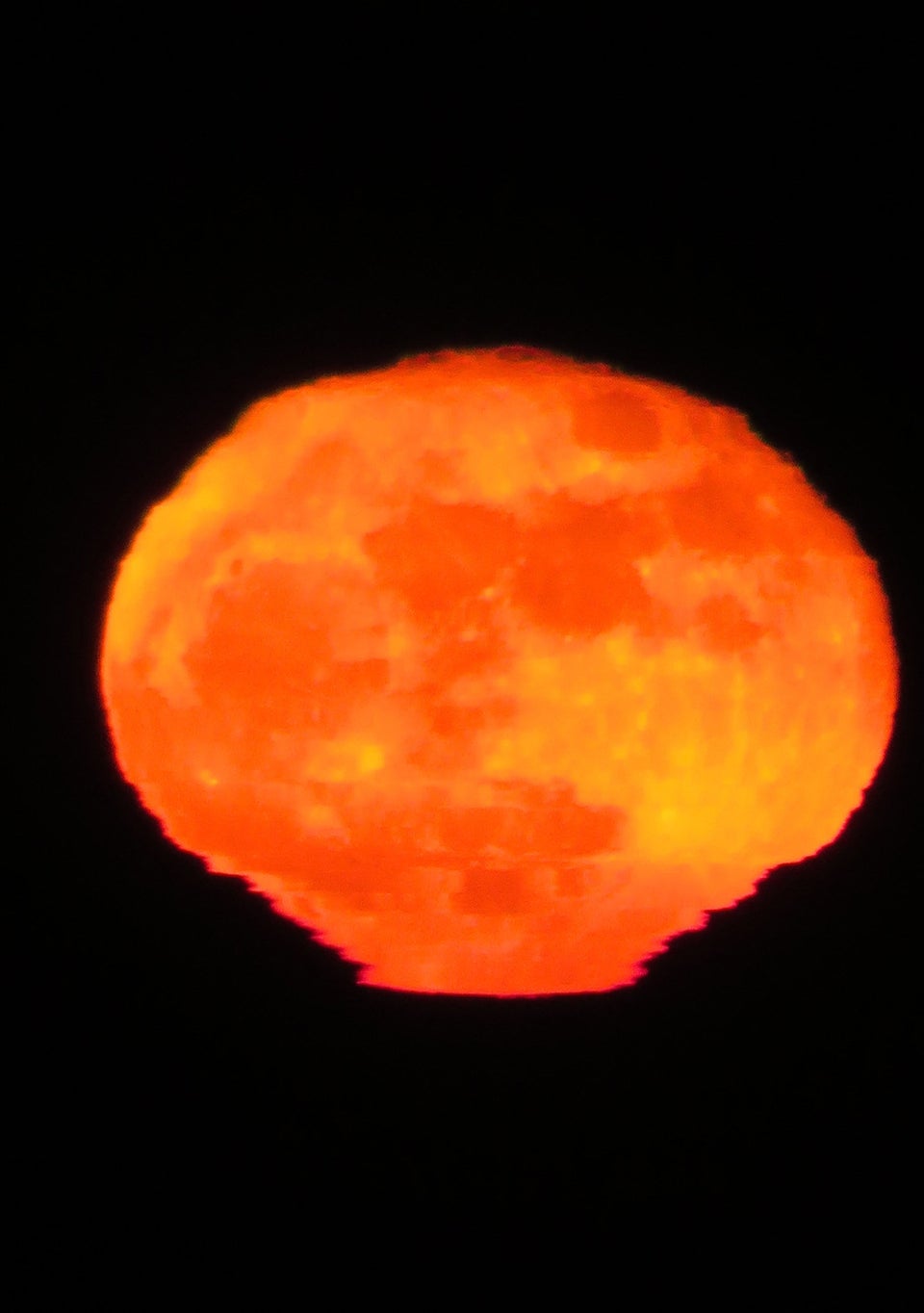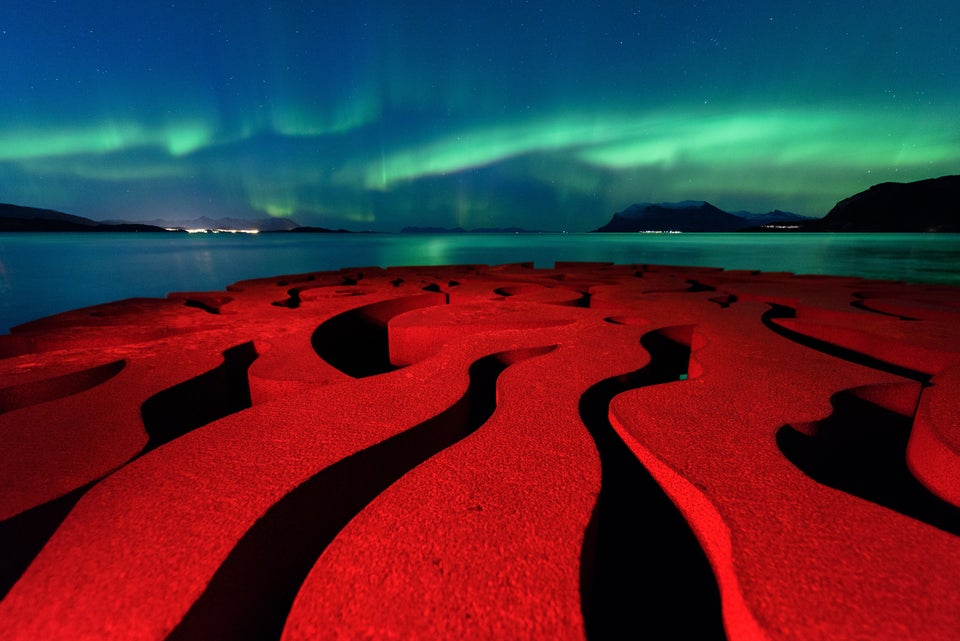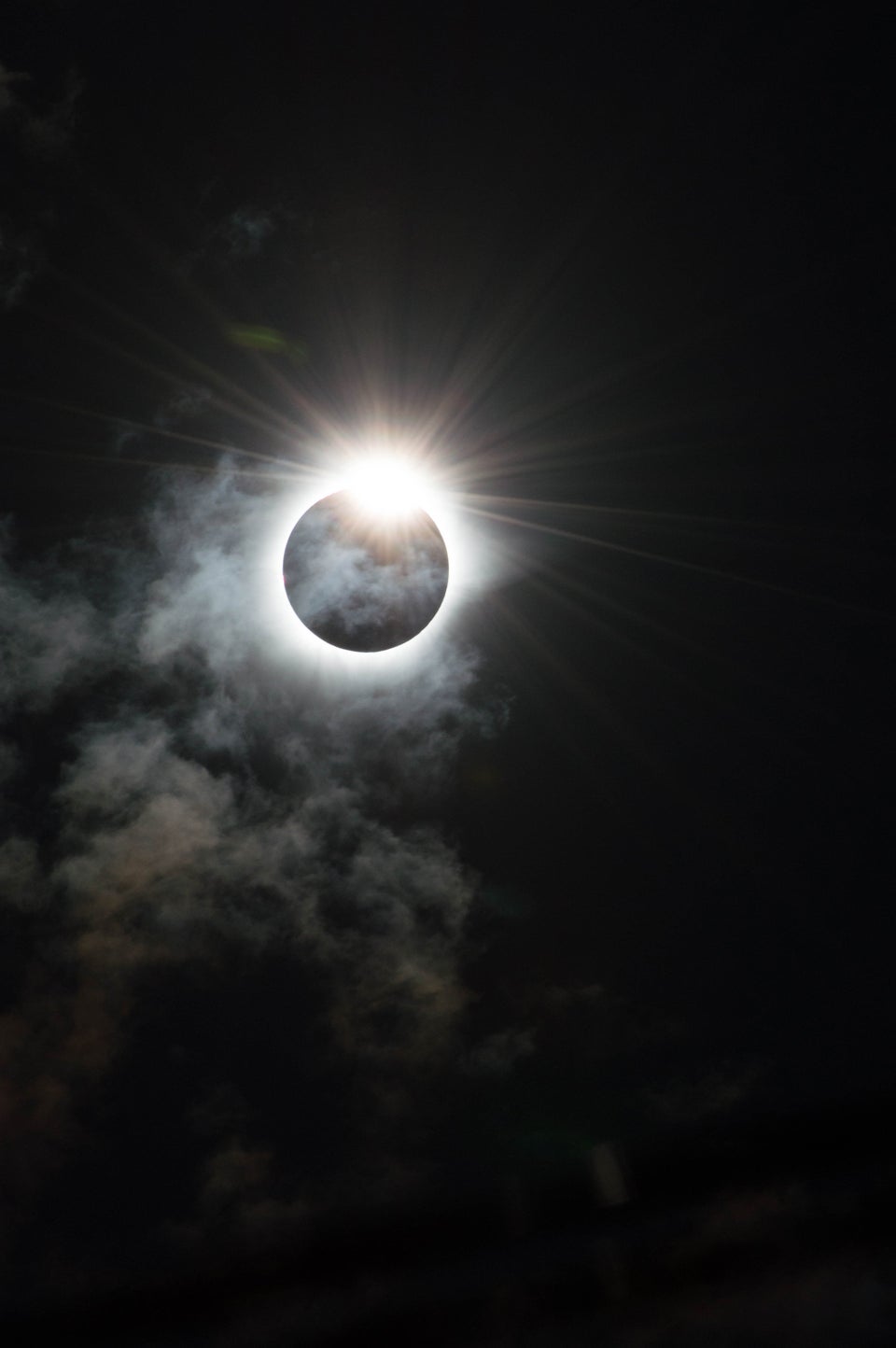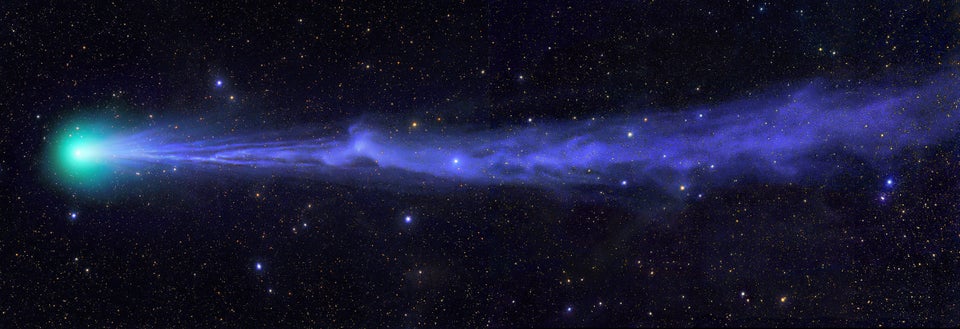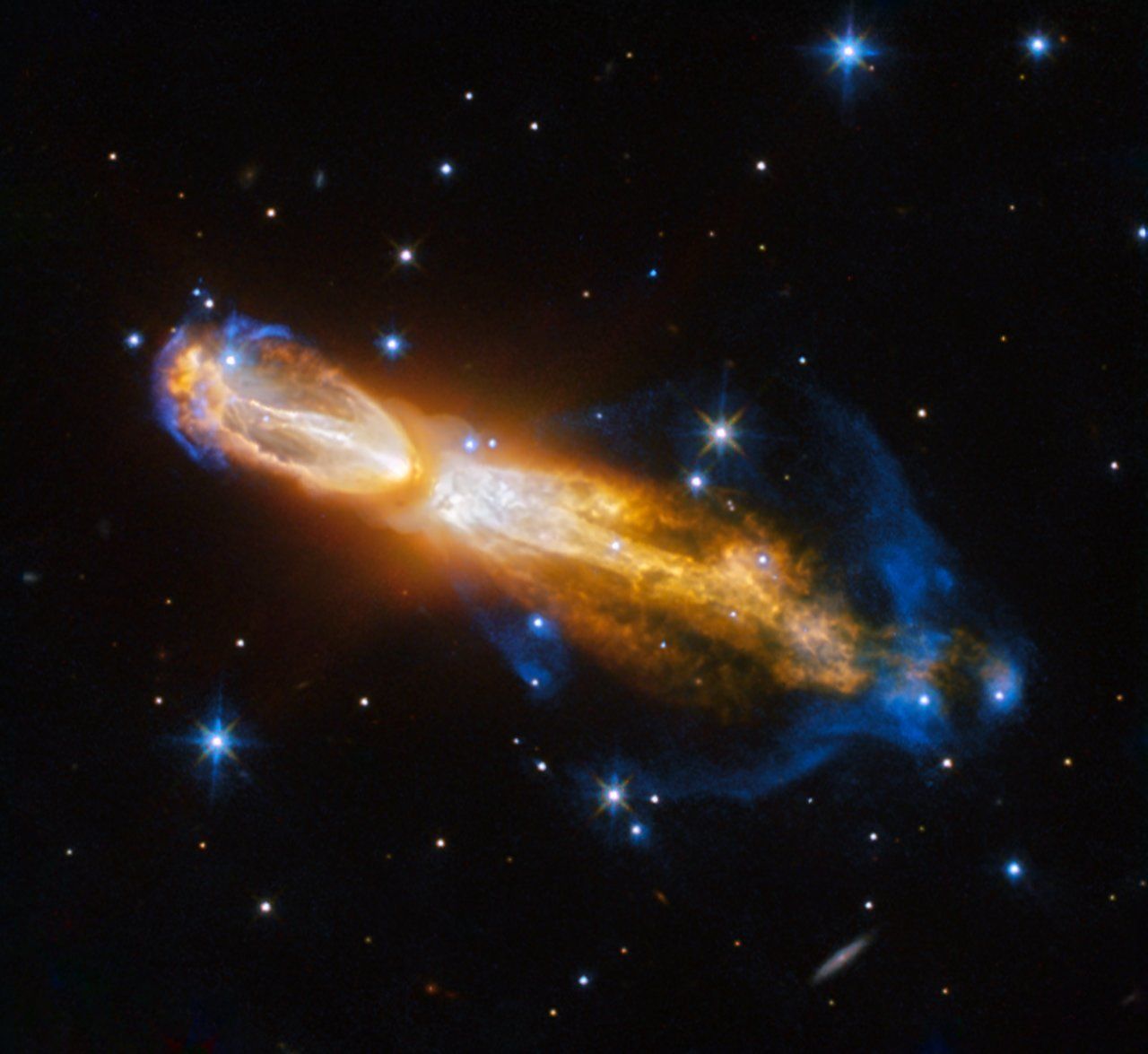During its final coughs of existence, our Sun will have become a vast bloated red giant.
Over a 100 million miles from centre to surface, this monstrosity will have long engulfed our poor planet as it takes its last galactic breaths.
Then approximately 10 million years later it will explode, causing what we think you’ll agree is one of the most beautiful sights in the universe.
NASA and ESA’s Hubble Telescope has captured a rare image of that very moment when a low-mass star (like ours) transforms from red giant into a planetary nebula.
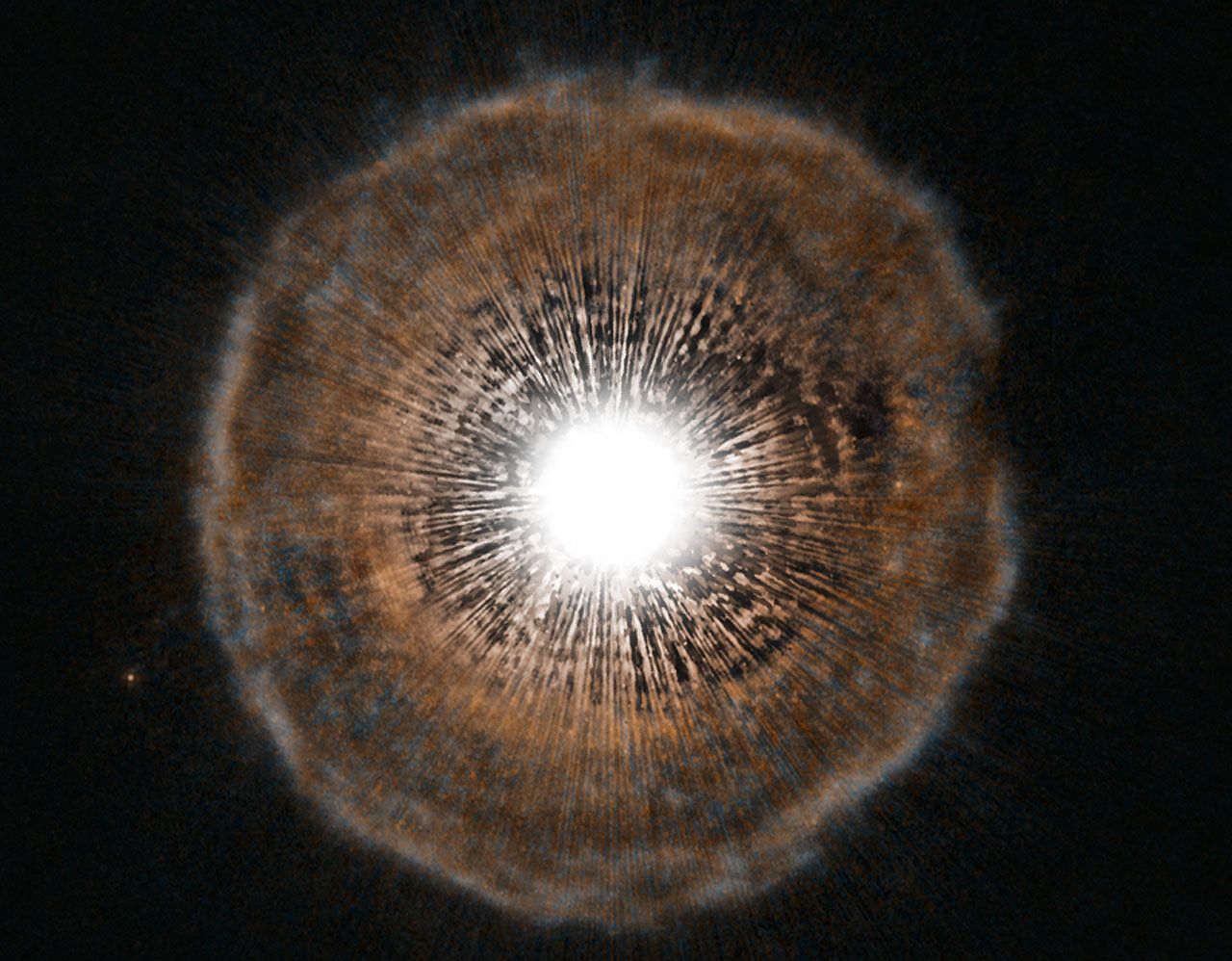
The star’s ejected gas and dust is moving at incredible speed, 621,371 miles per hour, and will continue expanding for the next 1,000 years as its graveyard becomes a stunning nebula.
What you’re witnessing then is essentially a glimpse into the future, a chance to see what our solar system could look like when our Sun finally reaches the end of its life.
It’s a rare opportunity for NASA to witness this type of occurrence as in cosmic terms they can take place in the blink of an eye.
In case you’re worrying about what might happen to our planet during all this then rest easy in the knowledge that Earth will be long gone by this point.
It’s believed that in the red giant period of the Sun’s existence Earth will have been engulfed with its oceans evaporating and its atmosphere burning off long before the ‘big bang’ takes place.
So how long before this all takes place? Our Sun has around 5 billion years left in its lifespan so before you start worrying be safe in the knowledge that humanity may not even exist by this juncture, or if it does, it certainly won’t be living on Earth anymore.
Astronomy Photographer of the Year



